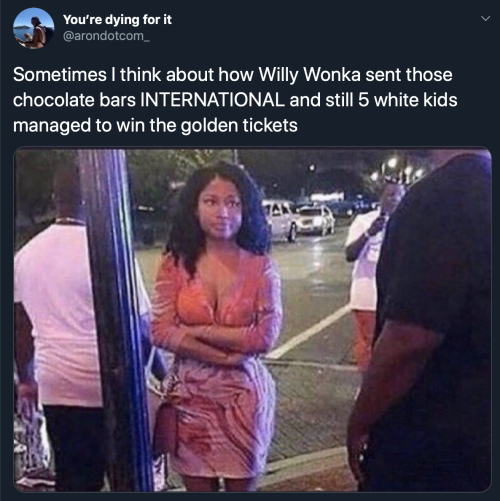So I Just Found The Most Useful Photo Album In Existence For Tumblr Arguments


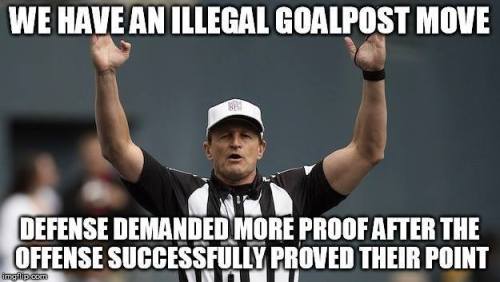


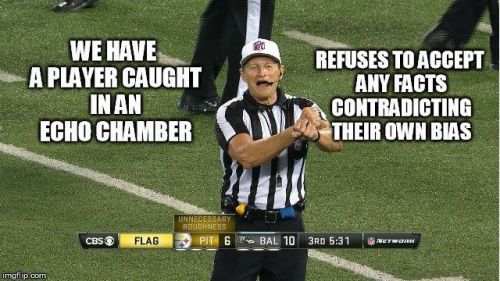
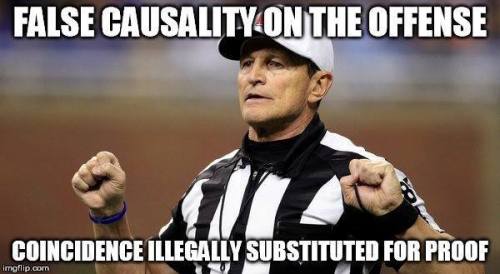
So I just found the most useful photo album in existence for tumblr arguments
More Posts from Dangerous-button and Others
Random mansion generator


The Procgen Mansion Generator produces large three-dee dwellings to toy with your imagination, offering various architectural styles and other options. Each mansion even comes with floorplans:
https://boingboing.net/2019/07/12/random-mansion-generator.html
MUPPETS!!!!!!!
Reblog if, no matter the size of the role, you would agree to work with the Muppets if offered the chance to do so, no questions asked
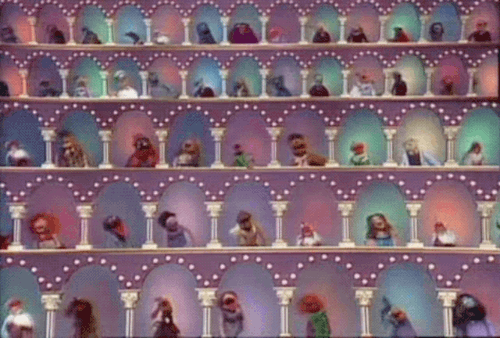
The last sentence is everything.
What I was taught growing up: Wild edible plants and animals were just so naturally abundant that the indigenous people of my area, namely western Washington state, didn't have to develop agriculture and could just easily forage/hunt for all their needs.
The first pebble in what would become a landslide: Native peoples practiced intentional fire, which kept the trees from growing over the camas praire.
The next: PNW native peoples intentionally planted and cultivated forest gardens, and we can still see the increase in biodiversity where these gardens were today.
The next: We have an oak prairie savanna ecosystem that was intentionally maintained via intentional fire (which they were banned from doing for like, 100 years and we're just now starting to do again), and this ecosystem is disappearing as Douglas firs spread, invasive species take over, and land is turned into European-style agricultural systems.
The Land Slide: Actually, the native peoples had a complex agricultural and food processing system that allowed them to meet all their needs throughout the year, including storing food for the long, wet, dark winter. They collected a wide variety of plant foods (along with the salmon, deer, and other animals they hunted), from seaweeds to roots to berries, and they also managed these food systems via not only burning, but pruning, weeding, planting, digging/tilling, selectively harvesting root crops so that smaller ones were left behind to grow and the biggest were left to reseed, and careful harvesting at particular times for each species that both ensured their perennial (!) crops would continue thriving and that harvest occurred at the best time for the best quality food. American settlers were willfully ignorant of the complex agricultural system, because being thus allowed them to claim the land wasn't being used. Native peoples were actively managing the ecosystem to produce their food, in a sustainable manner that increased biodiversity, thus benefiting not only themselves but other species as well.
So that's cool. If you want to read more, I suggest "Ancient Pathways, Ancestral Knowledge: Ethnobotany and Ecological Wisdom of Indigenous Peoples of Northwestern North America" by Nancy J. Turner
Oh I forgot to say.
Bug (4) is going to start school now so we’ve been doing literacy practice. One set of exercises was about “opposites” and I drew a card reading “fat”. Ok what’s the opposite of fat.
Bug thought about it and then said dreamily: “meat.”

An interesting online resource for those interested in constructed scripts and adjacent topics.

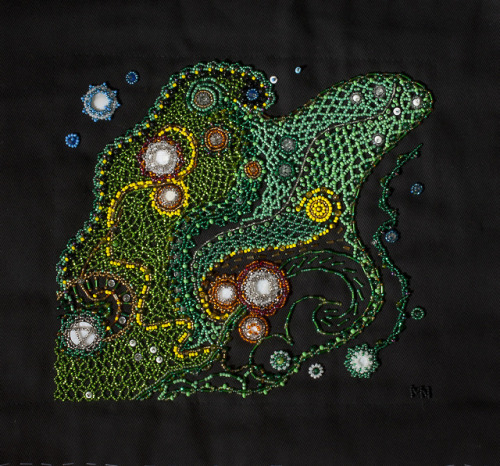
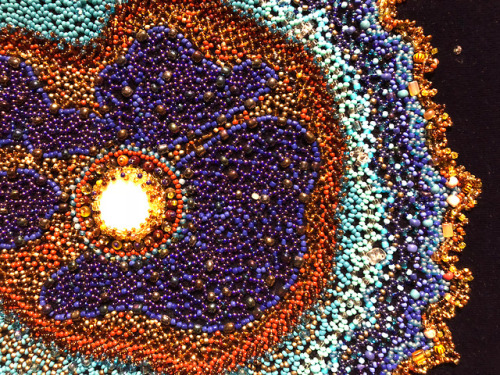

The Stunning Astronomical Beadwork of Native Artist Margaret Nazon
Margaret Nazon has spent the past decade building intricate beadwork depictions of outer space. The colorful artworks balance representational and stylized aesthetics set on black fabric backgrounds to depict galaxies, planets, nebulae, and other astronomical phenomena.
Initially inspired by Hubble space telescope images, Nazon’s celestial renderings are part of a lifelong interest in beading. In an interview with Glenbow, the artist shared that she began beading at age 10, but found the density of traditional beadwork to be tedious.
The abstract nature of celestial images allows Nazon to be more interpretive and incorporate different materials like caribou bones and willow seeds that have location-specific or cultural significance. Nazon is Tsiigehtchic, part of the Gwich’in community in what is now the Northwest Territories of Canada. The artist explained that because she is retired, she is able to dedicate significant time to beading, and often rises at 4:30am to begin working. Nazon plans to continue experimenting, including merging her abstract beadwork with her seamstress skills to create artfully embellished apparel.
Nazon’s artwork was most recently exhibited at Glenbow in a group show, Cosmos, and A Beaded Universe at Prince of Wales Northern Heritage Centre. You can read more about her in the Glenbow interview, and explore Nazon’s portfolio on her website.
source article: X
Legolas pretty quickly gets in the habit of venting about his travelling companions in Elvish, so long as Gandalf & Aragorn aren’t in earshot they’ll never know right?
Then about a week into their journey like
Legolas: *in Elvish, for approximately the 20th time* ugh fucking hobbits, so annoying
Frodo: *also in Elvish, deadpan* yeah we’re the worst
Legolas:











We Are The Ocean
Ursala Hudson (Tlingit/Filipino/German)
collar: merino wool, silk, steel cones, leather. ravenstail patterns, crochet, basketry twining technique. Woman as a Wave shawl: merino wool, silk, cedar bark. chilkat and ravenstail patterns, crochet, basketry twining technique. Tidal apron: merino wool, silk, leather, steel cones. chilkat and ravenstail patterns.
“We Are the Ocean is an ensemble comprised of a collar, apron (entitled Tidal), and shawl (entitled Woman as a Wave). The collar and bottom edge of the shawl are twined using a basketry technique to bring delicacy to the regalia, made specifically to emphasize the wearer’s feminine essence. In place of the sea otter fur that traditionally lines the top of Chilkat and Ravenstail weavings, the merino weft yarns were used to crochet the collar and shawl’s neck lines, bringing forward and incorporating a European craft practiced by both my maternal (Tlingit/Filipino) and paternal (German) grandmothers. The high neck of the collar gives tribute to the Western aesthetics that have forever influenced the Indigenous cultures of our lands; with grace, we embrace that which cannot be undone, and use our new form to be better. The apron’s pattern was studied and graphed from an old Tlingit cedar bark basket, and represents the tides of our lives, as our lessons continue to arise in a revolving cycle, yet made of new debris. The repetitive pattern of the shawl represents the infinite connectedness of our sisters, mothers, aunties, and daughters. Blue lines break up inverted rows, representing the “past,” “present,” and “future,” acknowledging these concepts as irrelevant constructs that fall away when we commune with the Divine. The entire ensemble is worn to evoke the innate spirit of the Woman as an ethereal deity, that resides within us all.”
-
 stratisphyre liked this · 2 weeks ago
stratisphyre liked this · 2 weeks ago -
 goodshipophelia liked this · 2 weeks ago
goodshipophelia liked this · 2 weeks ago -
 bbcphile reblogged this · 2 weeks ago
bbcphile reblogged this · 2 weeks ago -
 bbcphile liked this · 2 weeks ago
bbcphile liked this · 2 weeks ago -
 libri-legendi-sunt liked this · 2 weeks ago
libri-legendi-sunt liked this · 2 weeks ago -
 starredhalo reblogged this · 2 weeks ago
starredhalo reblogged this · 2 weeks ago -
 bonefarm liked this · 2 weeks ago
bonefarm liked this · 2 weeks ago -
 anoddreindeer reblogged this · 2 weeks ago
anoddreindeer reblogged this · 2 weeks ago -
 wtchgrrl liked this · 2 weeks ago
wtchgrrl liked this · 2 weeks ago -
 tremendousmusecache liked this · 2 weeks ago
tremendousmusecache liked this · 2 weeks ago -
 sainte-melasse liked this · 2 weeks ago
sainte-melasse liked this · 2 weeks ago -
 bookworm-17 reblogged this · 2 weeks ago
bookworm-17 reblogged this · 2 weeks ago -
 jaethegaythey liked this · 2 weeks ago
jaethegaythey liked this · 2 weeks ago -
 her-majestys-watermelons reblogged this · 2 weeks ago
her-majestys-watermelons reblogged this · 2 weeks ago -
 sapphicmoonwitch reblogged this · 2 weeks ago
sapphicmoonwitch reblogged this · 2 weeks ago -
 its-fnaf-time-bitches reblogged this · 3 weeks ago
its-fnaf-time-bitches reblogged this · 3 weeks ago -
 a-crow-with-rights-and-anxiety reblogged this · 3 weeks ago
a-crow-with-rights-and-anxiety reblogged this · 3 weeks ago -
 psyanidemilk liked this · 3 weeks ago
psyanidemilk liked this · 3 weeks ago -
 banjo15 reblogged this · 3 weeks ago
banjo15 reblogged this · 3 weeks ago -
 banjo15 liked this · 3 weeks ago
banjo15 liked this · 3 weeks ago -
 screamingatstars reblogged this · 3 weeks ago
screamingatstars reblogged this · 3 weeks ago -
 taran-wanderer liked this · 3 weeks ago
taran-wanderer liked this · 3 weeks ago -
 godofmagnets reblogged this · 3 weeks ago
godofmagnets reblogged this · 3 weeks ago -
 godofmagnets liked this · 3 weeks ago
godofmagnets liked this · 3 weeks ago -
 dirhr reblogged this · 3 weeks ago
dirhr reblogged this · 3 weeks ago -
 thecommunityoftrustworthysinks reblogged this · 3 weeks ago
thecommunityoftrustworthysinks reblogged this · 3 weeks ago -
 sl33pdeprivedcutie liked this · 3 weeks ago
sl33pdeprivedcutie liked this · 3 weeks ago -
 meltedmercury reblogged this · 3 weeks ago
meltedmercury reblogged this · 3 weeks ago -
 meltedmercury liked this · 3 weeks ago
meltedmercury liked this · 3 weeks ago -
 a-certain-cat-human liked this · 3 weeks ago
a-certain-cat-human liked this · 3 weeks ago -
 pinkpuffballdude reblogged this · 3 weeks ago
pinkpuffballdude reblogged this · 3 weeks ago -
 theangryman liked this · 3 weeks ago
theangryman liked this · 3 weeks ago -
 witchytakes reblogged this · 3 weeks ago
witchytakes reblogged this · 3 weeks ago -
 seaturtlesayshuh reblogged this · 3 weeks ago
seaturtlesayshuh reblogged this · 3 weeks ago -
 immaterialer liked this · 3 weeks ago
immaterialer liked this · 3 weeks ago -
 cookinggaming liked this · 3 weeks ago
cookinggaming liked this · 3 weeks ago -
 bestbud1o1 reblogged this · 3 weeks ago
bestbud1o1 reblogged this · 3 weeks ago -
 bestbud1o1 liked this · 3 weeks ago
bestbud1o1 liked this · 3 weeks ago -
 milkymacchamoon liked this · 3 weeks ago
milkymacchamoon liked this · 3 weeks ago -
 imabtastic liked this · 3 weeks ago
imabtastic liked this · 3 weeks ago -
 mistressofmuses liked this · 3 weeks ago
mistressofmuses liked this · 3 weeks ago -
 queendomcum reblogged this · 3 weeks ago
queendomcum reblogged this · 3 weeks ago -
 hndthoreau liked this · 3 weeks ago
hndthoreau liked this · 3 weeks ago -
 impossibleglitterdreamer reblogged this · 3 weeks ago
impossibleglitterdreamer reblogged this · 3 weeks ago -
 conanesque reblogged this · 3 weeks ago
conanesque reblogged this · 3 weeks ago -
 astralamalgam reblogged this · 3 weeks ago
astralamalgam reblogged this · 3 weeks ago -
 astralamalgam liked this · 3 weeks ago
astralamalgam liked this · 3 weeks ago -
 myanacondadontexist reblogged this · 3 weeks ago
myanacondadontexist reblogged this · 3 weeks ago
